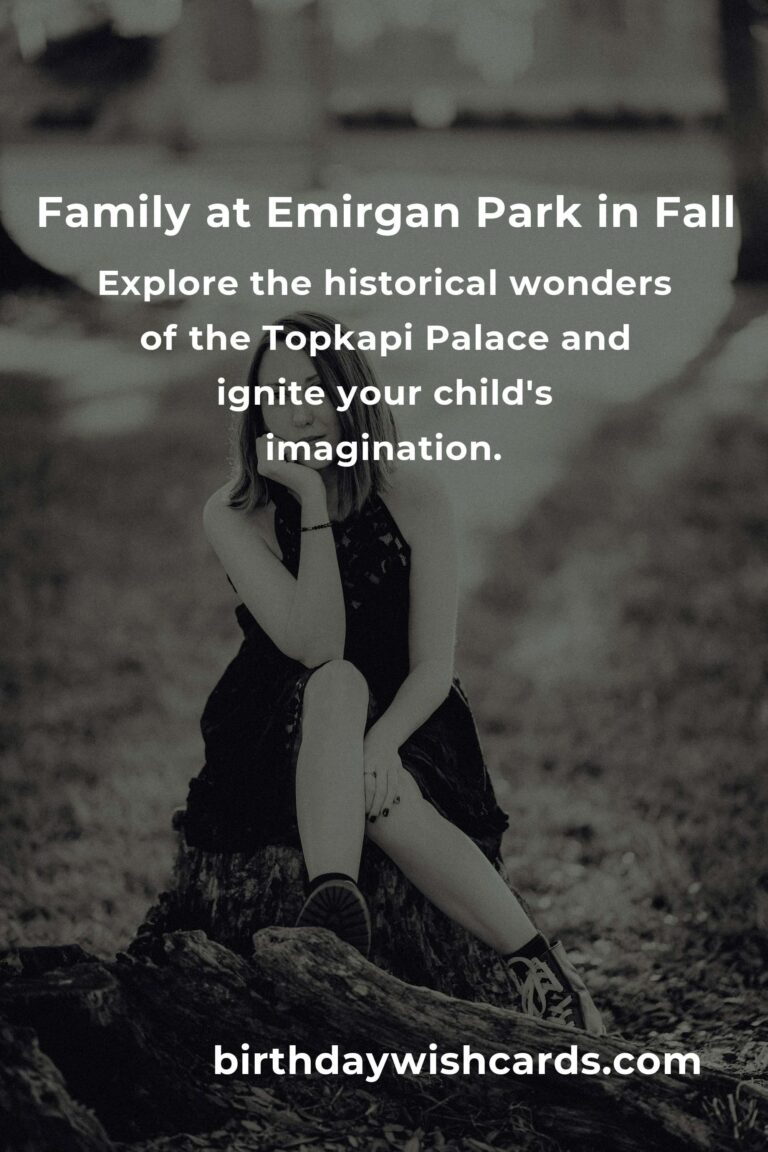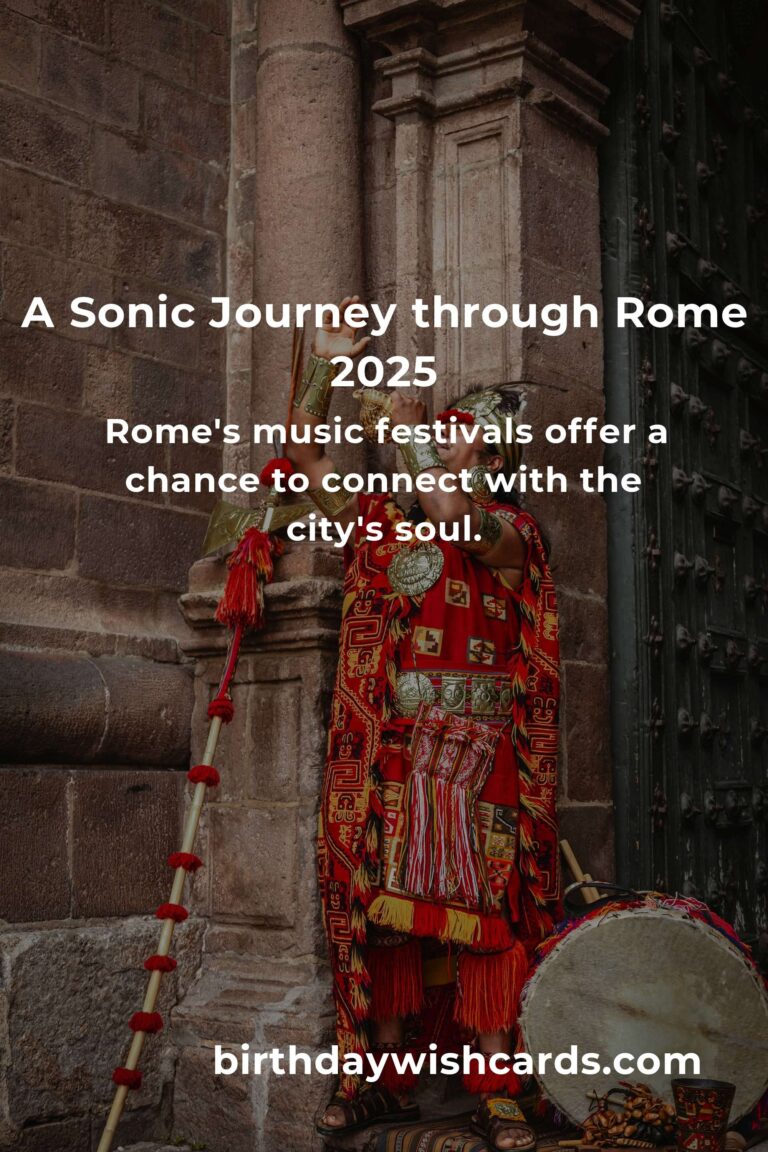Celebrate Holi on 21st March: The Festival of Colors and Joy
Holi, widely known as the “festival of colors,” is one of India’s most vibrant and joyous celebrations. Marking the arrival of spring and the triumph of good over evil, Holi is observed each year on the full moon day in the Hindu month of Phalguna, which usually falls in March. This year, Holi will be celebrated on 21st March.
This exuberant festival showcases India’s rich cultural diversity, bringing people together in a spirit of unity, love, and joy. Let’s explore the significance, history, customs, and culinary delights that make Holi an unforgettable celebration.
Mythological Significance of Holi
Holi’s origins are deeply rooted in Indian mythology. One of the most well-known legends is the story of Prahlad and Holika, symbolizing the victory of devotion and righteousness over evil.
- Prahlad: A devoted follower of Lord Vishnu, who remained steadfast in his faith despite his father Hiranyakashipu’s demands to worship him instead.
- Holika: The evil sister of Hiranyakashipu, blessed with a boon that made her immune to fire. She attempted to kill Prahlad by sitting with him in a fire, but her boon failed—Holika was consumed by the flames, while Prahlad emerged unharmed.
This legend is honored on the eve of Holi with the lighting of bonfires, symbolizing the destruction of evil and the triumph of good.
The Two Phases of Holi: Holika Dahan and Rangwali Holi
Holi festivities unfold in two distinct phases:
1. Holika Dahan (Chhoti Holi)
On the eve of Holi, communities gather to light bonfires in a ritual called Holika Dahan. This ceremony commemorates the burning of Holika and the victory of good over evil. People sing, dance, and come together around the fire, strengthening bonds and sharing hopes for happiness and prosperity.




